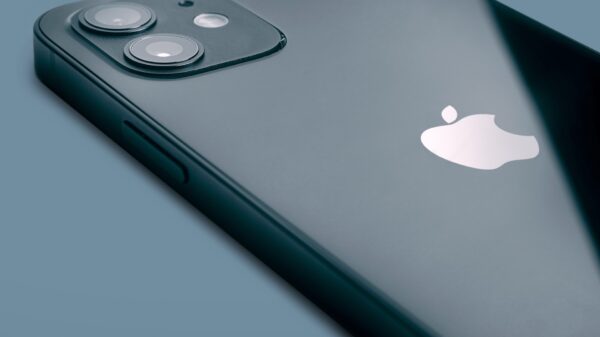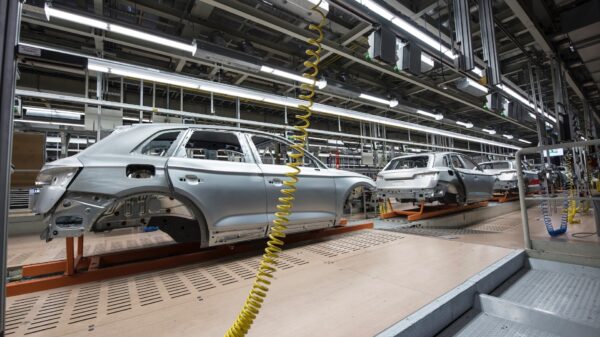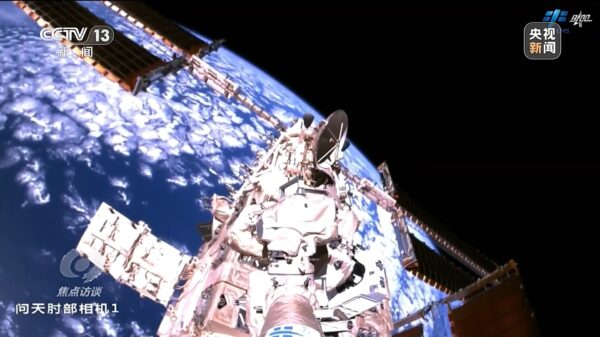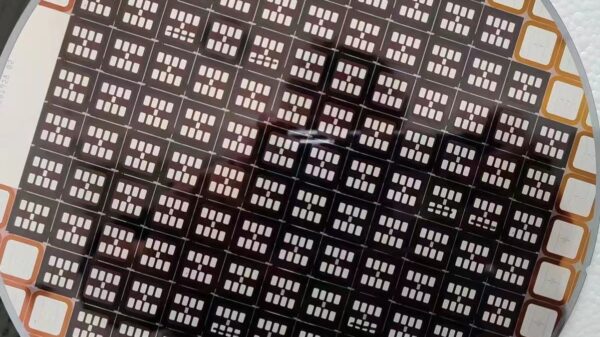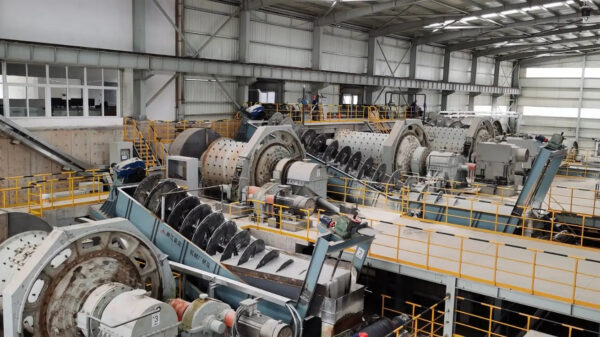Over the past two decades, China has made significant strides in the space domain, surpassing Russia as the US's primary competitor in this arena. The rapid advancements made by the People's Republic of China (PRC) have ignited discussions among US decision-makers concerning security issues and potential future conflicts.
China has been working relentlessly to close the gap with the US in terms of space exploration, as evidenced by its increasing number of orbital launches. In March alone, China successfully launched six of its indigenous carrier systems, delivering satellite units into orbit for both domestic and international purposes. . .




